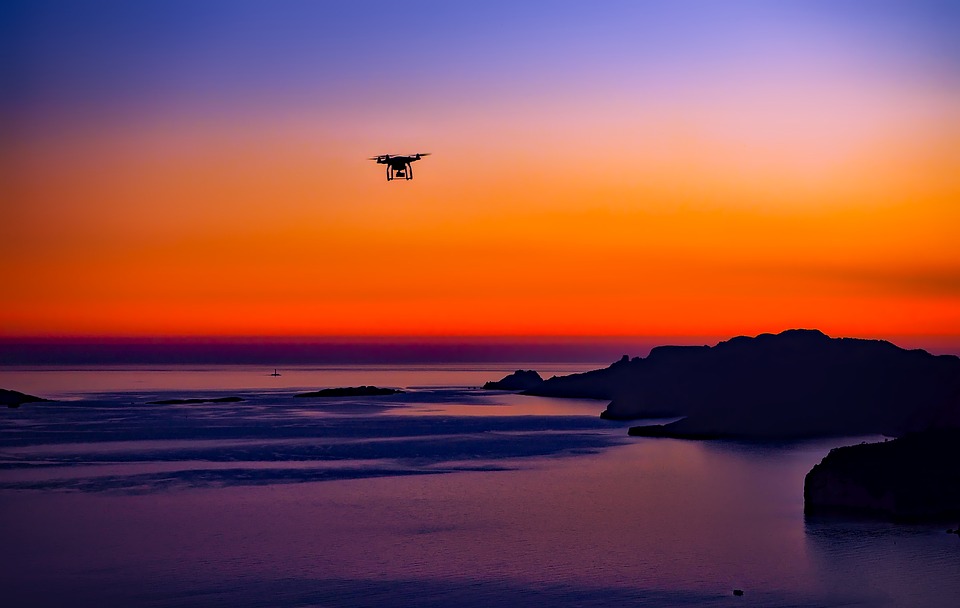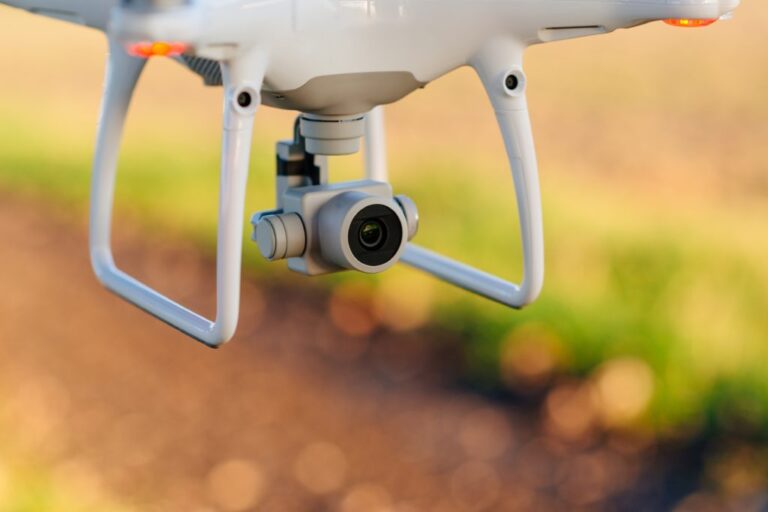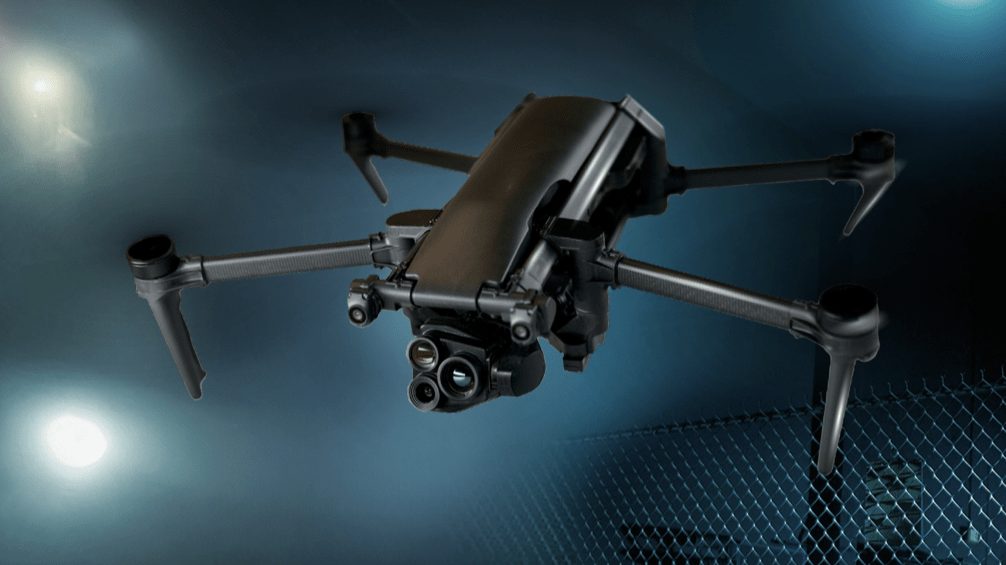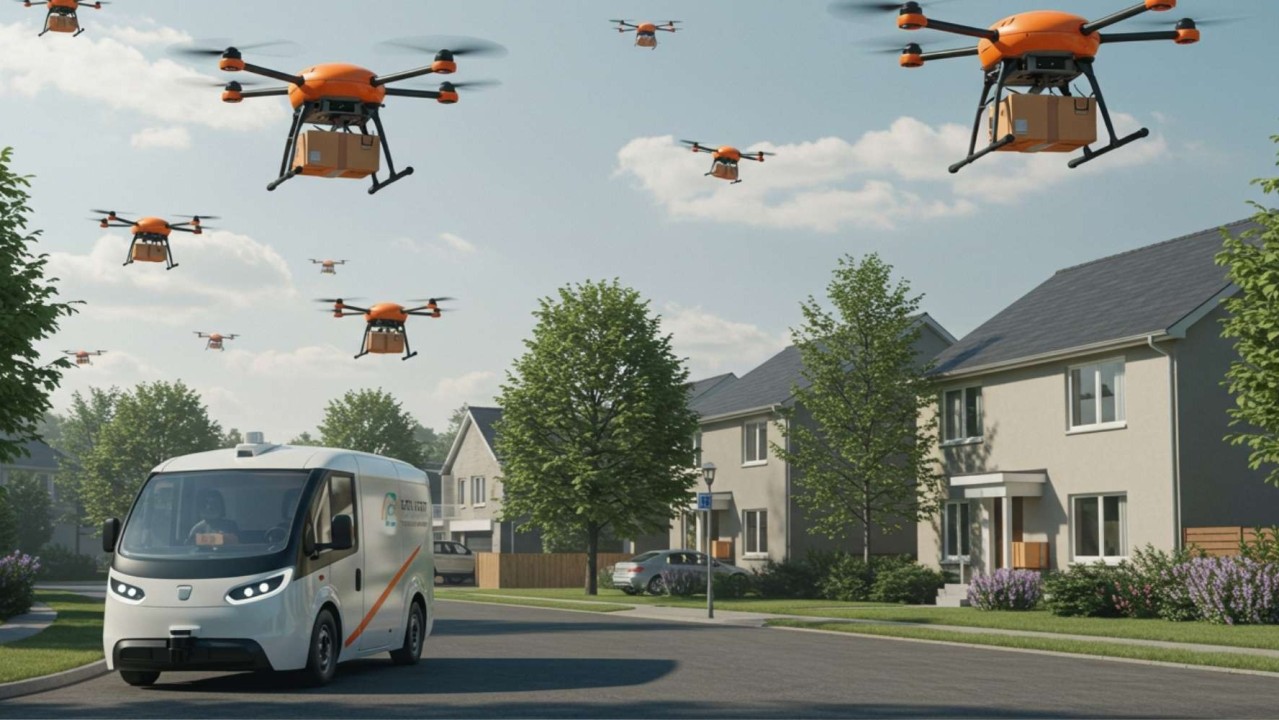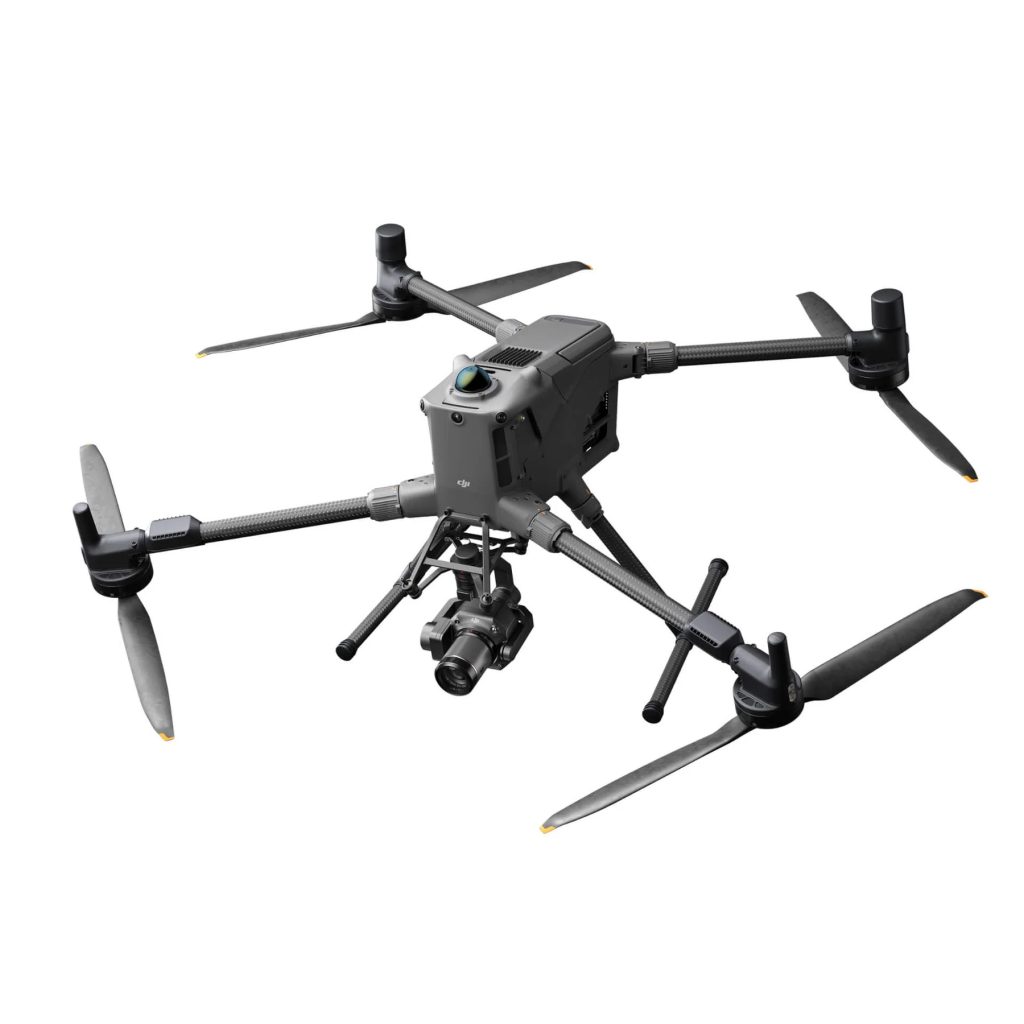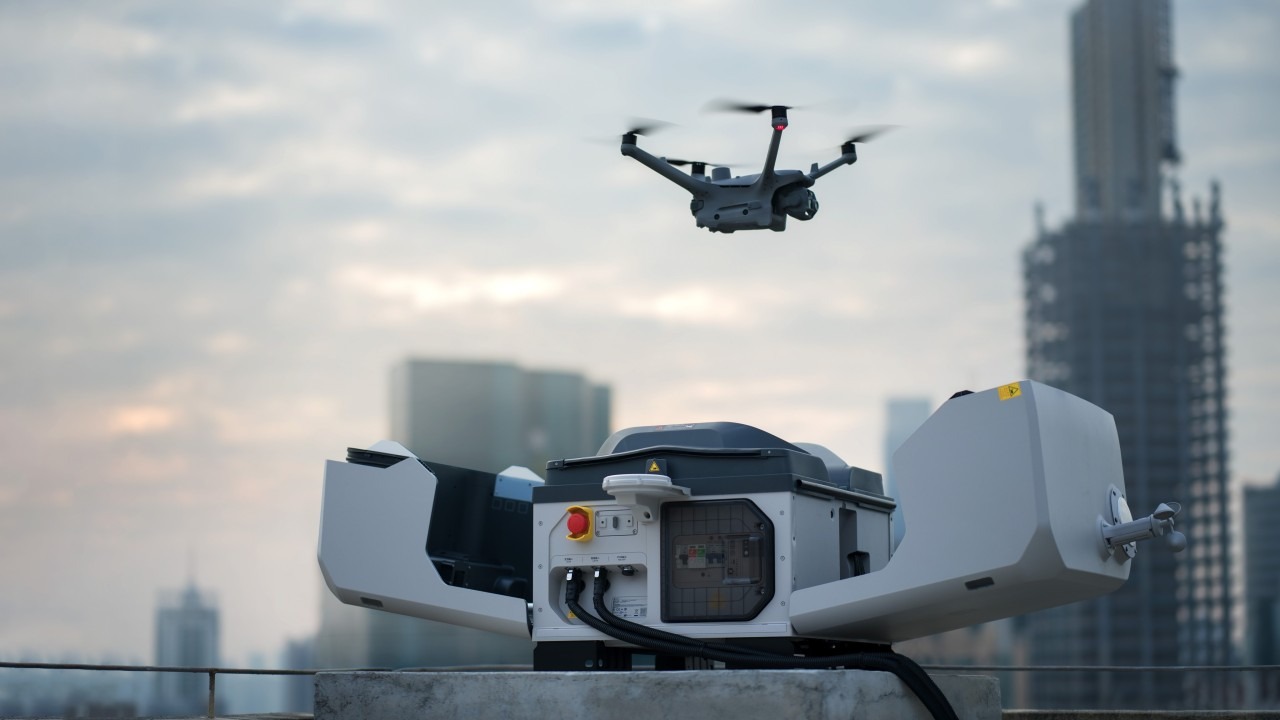
As drone technology advances, so do the docking solutions that enable autonomous drone operations. DJI Dock 2 and DJI Dock 3 are cutting-edge solutions designed to enhance drone deployment, security, and efficiency. This article compares the two docks across key features such as regulatory compliance, data security, performance, and deployment capabilities.
Regulatory Compliance & Safety Features
Both DJI Dock 2 and Dock 3 are built with regulatory compliance in mind, featuring:
BVLOS (Beyond Visual Line of Sight) capabilities, making them suitable for controlled airspace operations.
EU C6 labelling for compliance with European regulations.
DJI FTS (Flight Termination System) for enhanced operational safety.
Dock documentation templates for streamlined regulatory approvals.
Enhanced Data Security
Security is a priority for enterprise drone operations. Both docks come equipped with:
DJI Data Security Whitepaper is available, detailing security measures to safeguard sensitive information.
On-premises FlightHub 2 support for complete control over data storage and operations.
Intelligent Automation with FlightHub 2
Both docks integrate seamlessly with DJI FlightHub 2, offering intelligent features such as:
Automated flight routes for optimised mission execution.
Rest time detection to optimise operational efficiency.
Smart tracking for automatic object monitoring.
Change detection to identify environmental variations.
Improved Supplier Performance Management
The legislation provides mechanisms for taking action against underperforming suppliers and excluding those that pose unacceptable risks. This empowers technology buyers to maintain higher standards and reliability in their procurement choices.
Robustness & Reliability
DJI Dock 2:
- Wind resistance: Up to 8m/s during takeoff.
- Operating temperature: -25°C to 45°C.
- IP Rating: IP55 (protection against dust and water ingress).
- Charging time: 32 minutes.
DJI Dock 3:
ISO27001 and ISO27701 certifications, ensuring compliance with global data security and privacy standards.
Wind resistance: Up to 12m/s during takeoff.
Operating temperature: -30°C to 50°C.
IP Rating: IP56 (enhanced protection for extreme environments).
Charging time: 27 minutes, ensuring a faster turnaround.
Mastering All Environments
DJI Dock 3 is designed for extreme environments with an IP65 rating, offering superior dust and water protection. It also supports dual-dock deployments, allowing seamless mission continuity between locations.
Mobile Deployment & Precision Landing
DJI Dock 3:
- Vehicle-mounted deployment with an anti-vibration design for mobile operations.
- Remote RTK calibration and level detection for optimized performance in dynamic environments.
- SLAM-based precise landing techniques, ensuring accurate positioning.
- Moving vehicle RTK calibration, enabling drone operations from mobile platforms.
DJI Dock 2:
Offers high reliability but lacks mobile deployment capabilities of Dock 3.
Best suited for fixed-site deployments.
Regulatory Compliance & Future-Proofing
Both docks are BVLOS-ready and comply with SORA (Specific Operations Risk Assessment), Remote ID standards, and third-party parachute compatibility. Additionally, DJI is working on deploying EU-based AWS servers in Frankfurt, Germany, to ensure compliance with GDPR regulations.
Conclusion: Which Dock is Right for You?
Choose DJI Dock 2 if you need a cost-effective, fixed deployment solution that offers strong regulatory compliance and security.
Choose DJI Dock 3 if you require a robust, mobile-ready docking system with enhanced takeoff speed, better RTK capabilities, and a higher IP rating for extreme conditions.
Both docking solutions represent the pinnacle of autonomous drone deployment, but Dock 3’s added mobility and durability make it ideal for organisations needing maximum flexibility and resilience.
Download our FREE GVC Training Guide
Learn everything you need to know about becoming a drone pilot with our GVC training guide.
- Get a full course roadmap to understand every step of the journey
- Contains clear answers to all of the frequently asked questions
- Get a transparent and comprehensive breakdown of course costs

